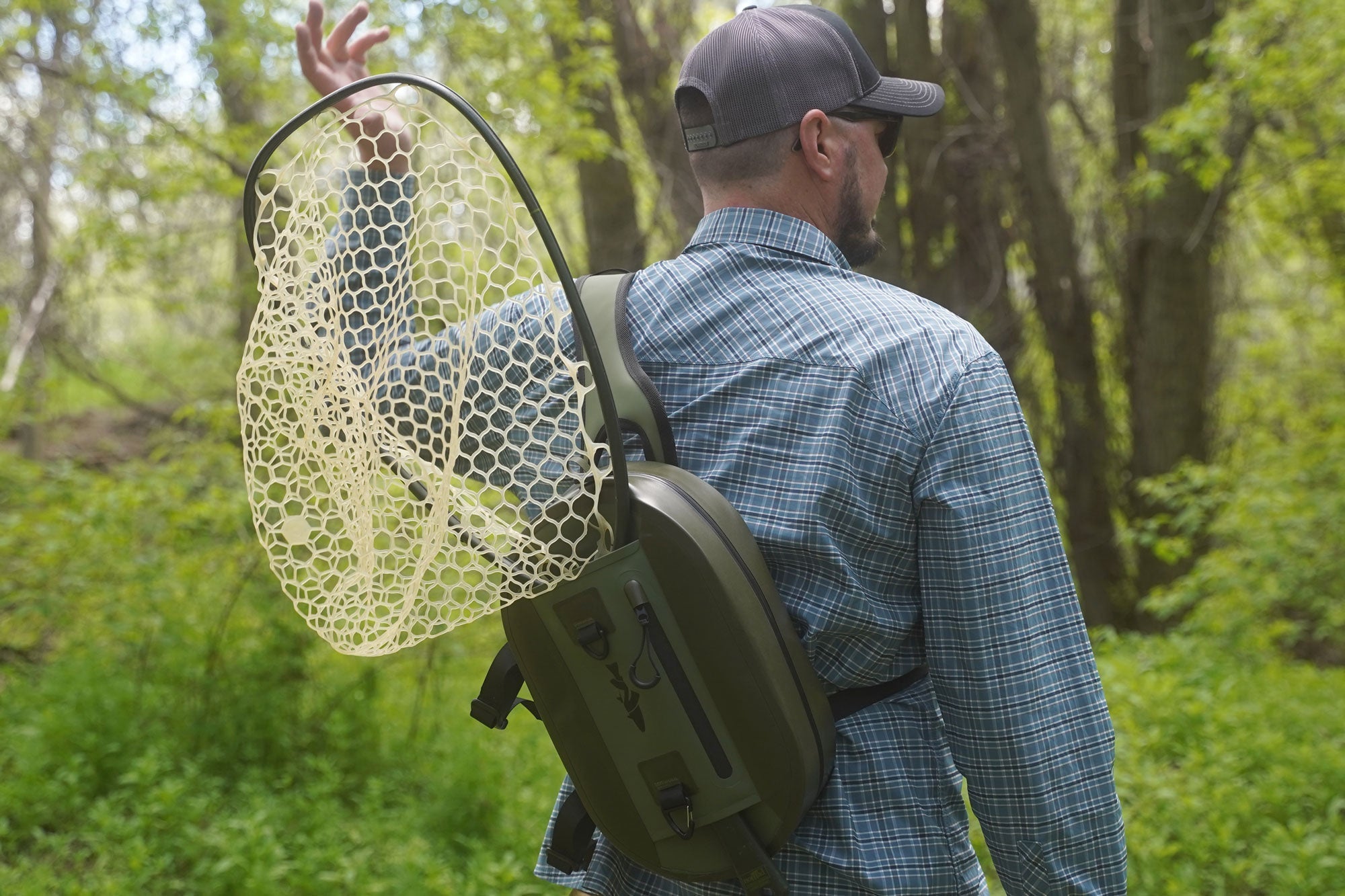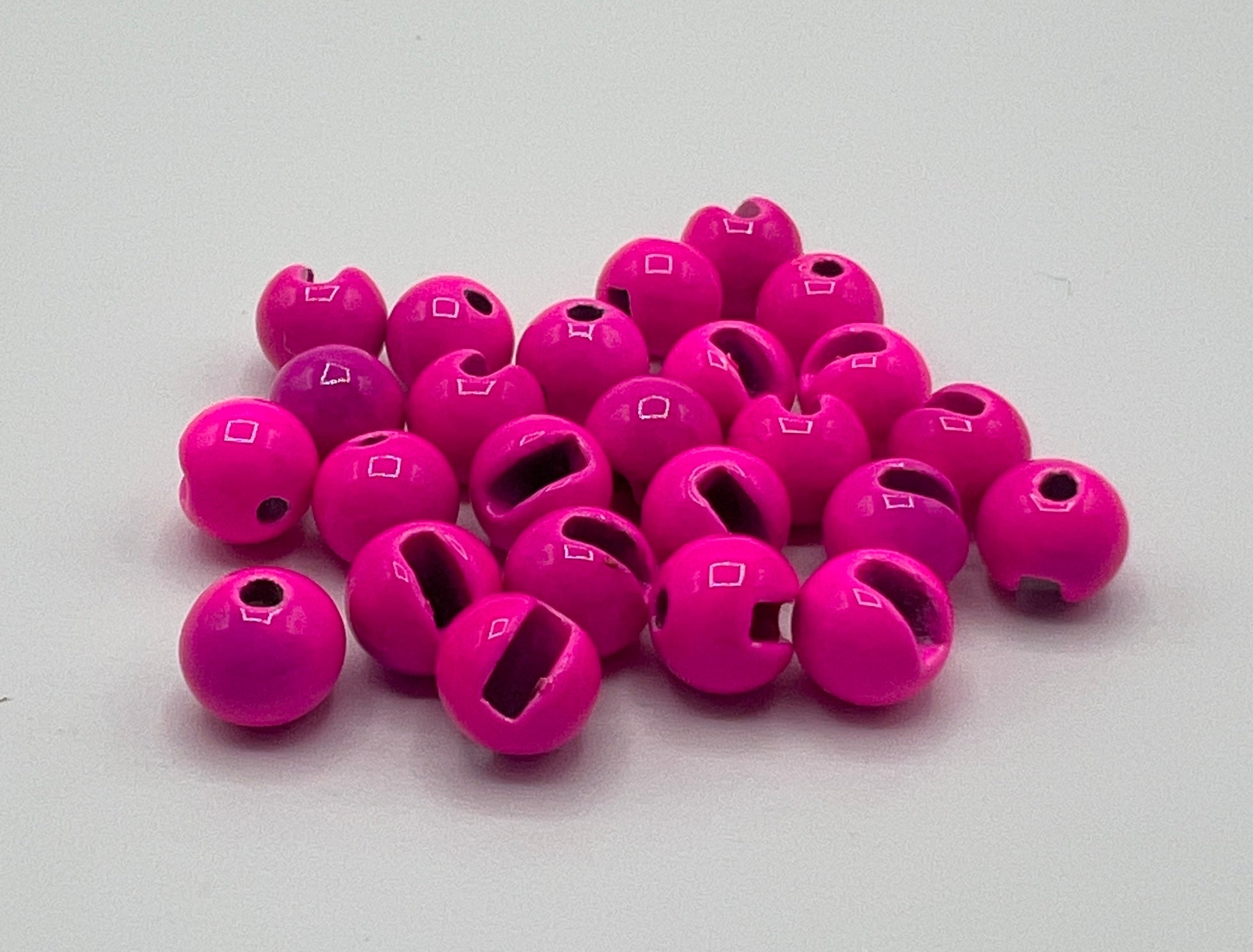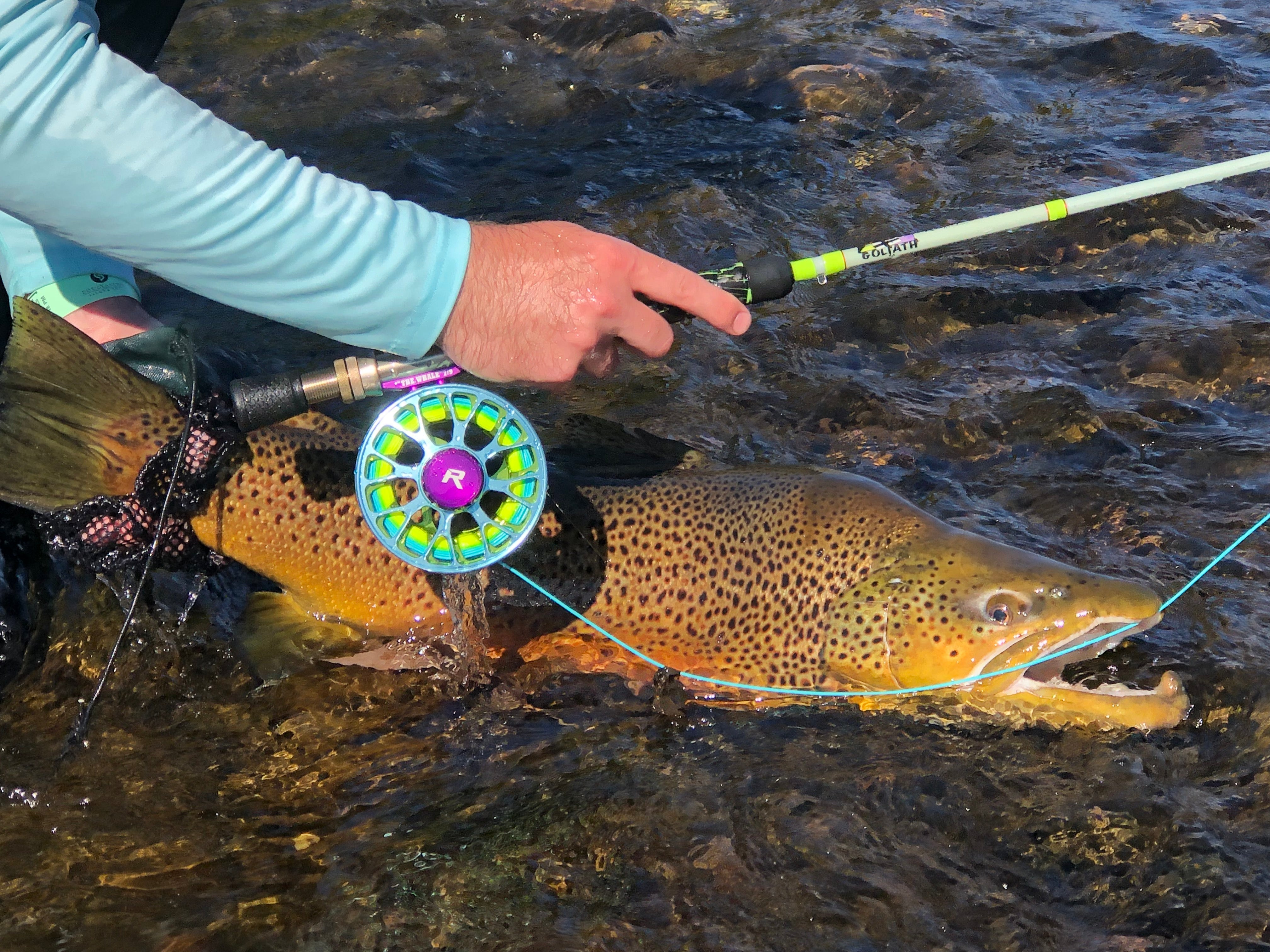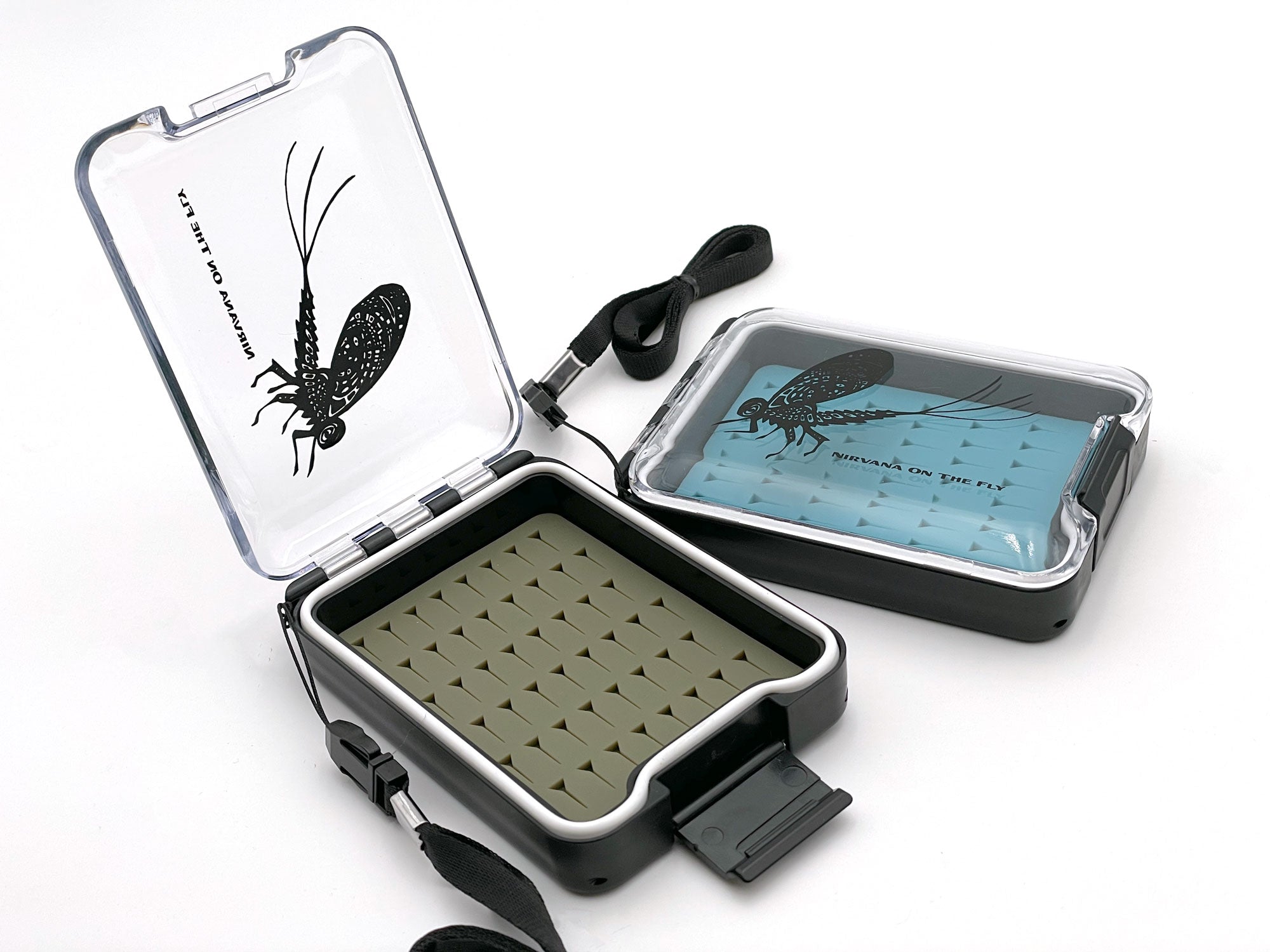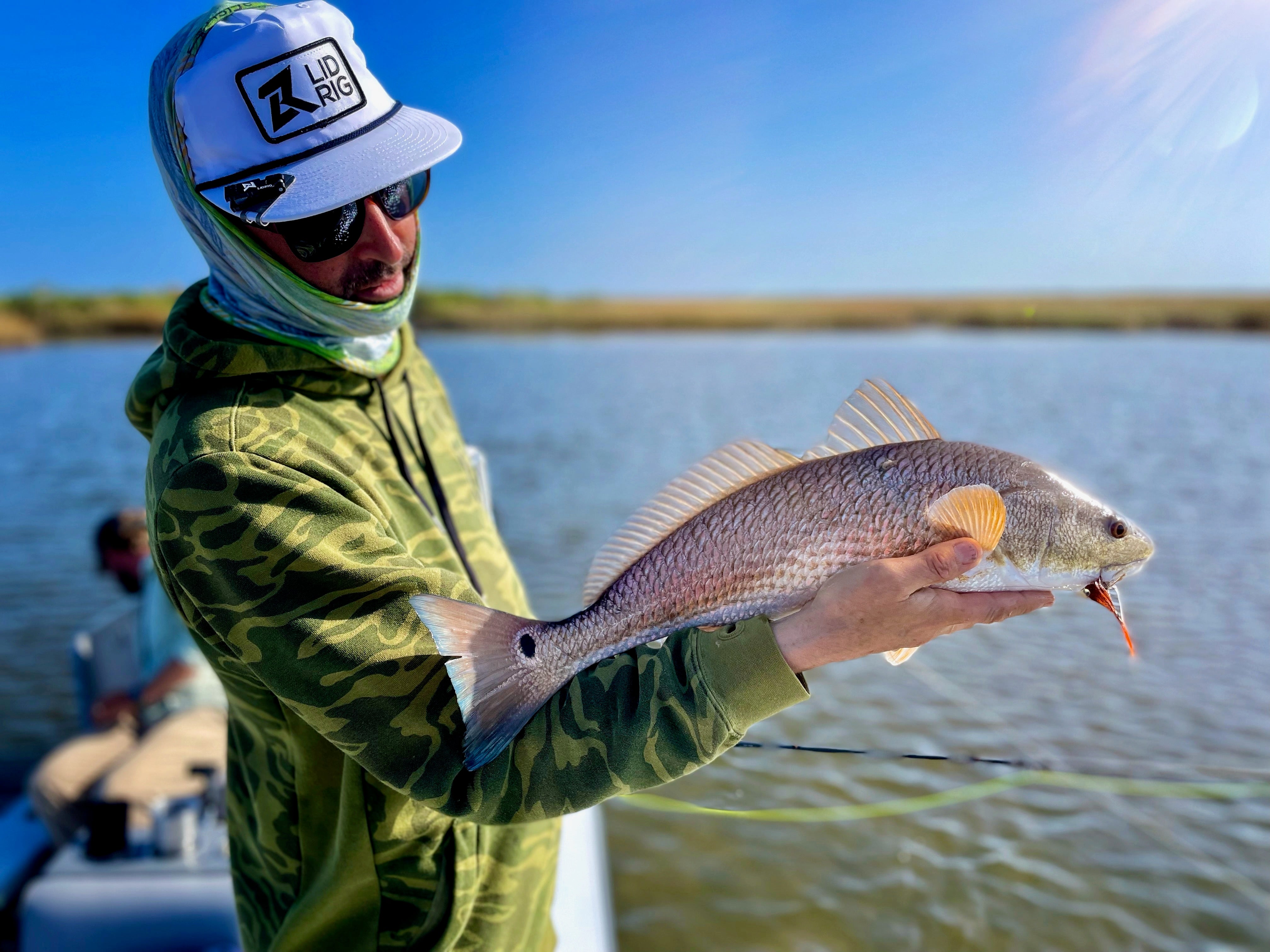Master the art of fishing multiple flies simultaneously to increase your catch rates, test fish preferences, and cover more water efficiently with proven tandem techniques
The Multiplication Effect: Why Two Flies Beat One
Two-fly nymphing rigs represent one of the most practical and effective ways to increase your success on the water, allowing you to present different patterns, fish multiple depths, and test fish preferences simultaneously. This technique combines the efficiency of multiple presentations with the ability to gather instant feedback about what fish want on any given day.
Used by guides and expert anglers worldwide, two-fly systems consistently outperform single-fly presentations by giving fish more options while providing anglers with valuable information about feeding preferences, depth zones, and effective patterns.
WATCH: Two-fly nymphing rig setup and fundamental techniques
Understanding Two-Fly Advantages
The Mathematical Advantage
Doubled Opportunities:
- Two Chances: Each cast presents two opportunities for takes
- Pattern Testing: Test two patterns simultaneously
- Depth Coverage: Fish two different depths at once
- Size Variation: Offer different fly sizes to fish
- Color Options: Present different colors simultaneously
Information Gathering:
- Preference Detection: Learn what fish prefer quickly
- Depth Zones: Identify optimal fishing depths
- Size Selection: Determine preferred fly sizes
- Pattern Effectiveness: Compare pattern success rates
- Seasonal Adaptation: Adapt to changing fish preferences
When Two-Fly Rigs Excel
Ideal Conditions:
- Uncertain Patterns: When fish preferences are unknown
- Mixed Feeding: Fish feeding on multiple insects
- Depth Variation: Water with varying depths
- Testing Situations: Learning new water or conditions
- Efficiency Needs: Maximum productivity from limited time
Water Types:
- Pool Systems: Deep pools with varied depths
- Run and Riffle: Water with multiple feeding zones
- Varied Structure: Areas with complex bottom features
- Seasonal Transition: During changing insect activity
- Pressured Water: Where fish have seen many single flies
Essential Two-Fly Equipment
Rod and Line Considerations
Rod Requirements:
- Length: 9-10 feet for proper line management
- Power: Sufficient backbone to handle two flies and weight
- Action: Medium to medium-fast for casting multiple flies
- Quality: Reliable performance for complex presentations
- Balance: Proper balance for comfortable fishing
Line Selection:
- Weight Forward: Good for turning over two-fly rigs
- Quality: Premium lines for consistent performance
- Visibility: Easy to track for line management
- Durability: Withstand increased use and abrasion
- Maintenance: Easy to clean and maintain
Leader and Tippet Systems
Leader Construction:
- Length: 9-12 feet for most two-fly applications
- Strength: Strong enough for two fish simultaneously
- Taper: Gradual taper for energy transfer
- Material: High-quality fluorocarbon for invisibility
- Reliability: Consistent performance under stress
Tippet Selection:
- Diameter: Balance strength and invisibility
- Length: Adequate length for proper presentation
- Abrasion Resistance: Important for bottom contact
- Knot Strength: Maintain strength through connections
- Backup: Carry extra tippet for field repairs
Weight and Fly Considerations
Weight Distribution:
- Point Fly: Heaviest fly at bottom of rig
- Dropper: Lighter fly above point fly
- Balance: Proper weight distribution for casting
- Depth Control: Adjust weight for desired depth
- Current Compensation: Account for current effects
Fly Selection Strategy:
- Complementary Patterns: Choose flies that work together
- Size Variation: Different sizes to test preferences
- Color Contrast: Different colors for comparison
- Pattern Types: Mix attractors with naturals
- Seasonal Appropriateness: Match seasonal insect activity
Rigging Two-Fly Systems
Basic Dropper Rig
Simple Tag Method:
- Leader Construction: Build leader with tag for dropper
- Tag Length: 4-6 inches for most applications
- Fly Attachment: Attach dropper fly to tag
- Point Fly: Attach heavier fly to leader end
- Advantages: Simple, reliable, easy to tie
Blood Knot Dropper:
- Knot Construction: Create dropper tag with blood knot
- Tag Orientation: Ensure tag points up from knot
- Length: 4-8 inches depending on application
- Strength: Maintains good knot strength
- Reliability: Proven method for guides and experts
Advanced Rigging Methods
Tippet Ring System:
- Ring Advantages: Small, strong connection point
- Flexibility: Easy to change flies and tippets
- Strength: Maintains full tippet strength
- Durability: Long-lasting connection system
- Versatility: Adapt to various conditions quickly
Palomar Loop System:
- Loop Construction: Create loop for dropper attachment
- Easy Changes: Quick fly changes in field
- Strength: Maintains good connection strength
- Reliability: Consistent performance
- Field Friendly: Easy to use with cold hands
Spacing and Positioning
Dropper Distance:
- Standard Spacing: 12-18 inches between flies
- Water Depth: Adjust spacing for water depth
- Current Speed: Modify for current conditions
- Fish Behavior: Adapt to fish feeding patterns
- Tangle Prevention: Balance spacing with tangle prevention
Depth Positioning:
- Point Fly Depth: Heaviest fly controls rig depth
- Dropper Position: Rides higher in water column
- Depth Zones: Target different feeding zones
- Current Effects: Account for current on positioning
- Adjustment: Ready to modify positioning based on results
Two-Fly Presentation Techniques
Casting Multiple Flies
Casting Adjustments:
- Slower Stroke: More deliberate casting stroke
- Wider Loops: Slightly wider loops to prevent tangles
- Gentle Acceleration: Smooth acceleration and stop
- Follow Through: Complete follow-through on casts
- Practice: Regular practice for smooth presentations
Tangle Prevention:
- Proper Timing: Allow flies to straighten before next cast
- Wind Awareness: Account for wind effects on multiple flies
- Casting Angle: Adjust casting angle to prevent tangles
- Rod Position: Maintain proper rod position throughout cast
- Patience: Take time for proper presentations
Drift Management
Line Control:
- Mending: Effective mending with multiple flies
- Depth Management: Control depth of both flies
- Speed Control: Maintain proper drift speed
- Current Reading: Account for current effects on two flies
- Drag Prevention: Achieve drag-free drift for both flies
Strike Detection:
- Multiple Takes: Be ready for takes on either fly
- Different Signals: Different flies may produce different take indicators
- Quick Response: Set hook quickly regardless of which fly taken
- Visual Cues: Watch for any unusual line movement
- Feel: Develop sensitivity to takes on either fly
Fighting Multiple Fish
Double Hookups:
- Stay Calm: Maintain composure with two fish on
- Rod Position: Use rod angle to control both fish
- Pressure Distribution: Balance pressure between fish
- Landing Strategy: Land one fish at a time
- Safety: Prevent fish from tangling or breaking off
Single Fish Management:
- Identify Fly: Determine which fly the fish took
- Clear Line: Keep unused fly clear during fight
- Landing: Be ready for both flies during landing
- Release: Quick, safe release to continue fishing
- Rig Check: Inspect rig after each fish
Fly Selection Strategies
Complementary Pattern Selection
Heavy and Light Combinations:
- Point Fly: Heavy attractor or searching pattern
- Dropper: Light natural or emerger pattern
- Depth Separation: Fish different levels of water column
- Attraction: Heavy fly attracts, light fly imitates
- Versatility: Cover multiple feeding opportunities
Natural Combinations:
- Life Stage Variety: Different insect life stages
- Species Variety: Different insect species
- Size Progression: Graduated sizes
- Color Variation: Different natural colors
- Seasonal Matching: Appropriate seasonal patterns
Proven Two-Fly Combinations
Classic Combinations:
- Prince and Hare's Ear: Versatile combination for most waters
- Copper John and Pheasant Tail: Heavy and natural combination
- Bead Head Caddis and Soft Hackle: Larva and emerger combination
- Stonefly and Mayfly: Large and small pattern combination
- Attractor and Midge: High and low water column coverage
Seasonal Combinations:
- Spring: Large stonefly and small mayfly
- Summer: Caddis larva and emerger
- Fall: Attractor pattern and egg pattern
- Winter: Small midge and tiny mayfly
- Transition: Mix of seasonal patterns
Pattern Testing Strategy
Systematic Approach:
- Start Proven: Begin with known effective combinations
- Single Variable: Change one fly at a time
- Record Results: Keep track of successful combinations
- Adapt Quickly: Change based on results
- Pattern Library: Build collection of proven combinations
Fish Feedback:
- Take Analysis: Analyze which fly gets more takes
- Size Preference: Determine preferred fly sizes
- Color Selection: Identify effective colors
- Pattern Type: Learn fish preference for attractors vs naturals
- Depth Zone: Identify preferred feeding depths
Seasonal Two-Fly Strategies
Spring High Water
Heavy Combinations:
- Deep Fishing: Two heavy flies for deep water
- Large Patterns: Big flies for high water visibility
- Attractor Focus: Bright patterns to get fish attention
- Structure: Target structure with multiple options
- Safety: Extra caution with heavy rigs in dangerous water
Adaptations:
- Weight: Maximum weight for deep, fast water
- Visibility: High-contrast patterns for stained water
- Durability: Flies that withstand rough conditions
- Strength: Heavy tippet for strong fish and current
- Equipment: Quality gear for demanding conditions
Summer Low Water
Subtle Combinations:
- Natural Patterns: Realistic imitations for clear water
- Small Sizes: Match low water conditions
- Light Weight: Minimize disturbance in clear water
- Stealth: Extra care to avoid spooking fish
- Precision: Accurate presentations to selective fish
Technical Approach:
- Fine Tippet: Light tippet for spooky fish
- Perfect Drift: Achieve completely drag-free presentations
- Pattern Matching: Carefully match observed insects
- Timing: Fish during optimal feeding periods
- Patience: Take time for perfect presentations
Fall Feeding Frenzy
Aggressive Combinations:
- Large Patterns: Big flies for feeding fish
- Attractor Patterns: Bright flies to trigger strikes
- Varied Options: Different patterns to test preferences
- Active Presentations: More movement to stimulate takes
- Opportunity: Take advantage of aggressive feeding
Productivity Focus:
- Efficiency: Cover water quickly with productive combinations
- Pattern Changes: Ready to switch based on results
- Structure: Target known feeding areas with multiple options
- Weather: Adapt to changing fall conditions
- Persistence: Continue fishing during tough conditions
Troubleshooting Two-Fly Problems
Tangle Prevention
Casting Issues:
- Stroke Speed: Slow down casting stroke
- Loop Size: Open loops slightly to prevent tangles
- Timing: Allow flies to straighten between casts
- Wind Compensation: Account for wind effects
- Practice: Regular practice to develop muscle memory
Rigging Solutions:
- Proper Spacing: Ensure adequate spacing between flies
- Tippet Length: Use appropriate tippet lengths
- Knot Quality: Tie reliable knots that won't slip
- Weight Balance: Balance weight distribution properly
- Material Selection: Use appropriate tippet materials
Landing Difficulties
Multiple Fish Management:
- Rod Angle: Use rod to separate fighting fish
- Pressure Control: Balance pressure between fish
- Landing Net: Use appropriate net for multiple fish
- Partner Help: Work with fishing partner when possible
- Stay Calm: Maintain composure during excitement
Rig Maintenance:
- Regular Inspection: Check rig condition frequently
- Immediate Repair: Fix problems before they worsen
- Backup Equipment: Carry spare tippet and flies
- Field Efficiency: Quick repairs to minimize fishing interruption
- Quality Components: Use reliable knots and materials
WATCH: Casting Nymph Rig Tips
Building Two-Fly Skills
Progressive Development
Beginner Foundation:
- Simple Rigs: Start with basic dropper setups
- Proven Combinations: Use established fly combinations
- Casting Practice: Develop casting skills with multiple flies
- Tangle Management: Learn to prevent and fix tangles
- Basic Strategy: Understand fundamental two-fly concepts
Intermediate Advancement:
- Advanced Rigging: Master complex rigging systems
- Pattern Strategy: Develop pattern selection skills
- Presentation Refinement: Perfect multiple fly presentations
- Fish Reading: Learn to interpret fish responses to different flies
- Seasonal Adaptation: Adapt techniques seasonally
Expert Mastery:
- Custom Combinations: Develop personal fly combinations
- Advanced Techniques: Master specialized presentations
- Teaching: Share knowledge with other anglers
- Innovation: Develop new rigging and presentation methods
- Consistency: Achieve reliable success with two-fly systems
Practice Methods
Skill Development:
- Casting Practice: Regular practice with multiple flies
- Knot Tying: Perfect essential knots for two-fly rigs
- Water Time: Extensive on-water experience
- Pattern Testing: Systematic testing of fly combinations
- Analysis: Study successful and unsuccessful presentations
Advanced Training:
- Guide Experience: Fish with experienced guides
- Video Study: Analyze technique videos
- Competition: Test skills in competitive settings
- Peer Learning: Learn from other accomplished anglers
- Innovation: Experiment with new approaches
The Two-Fly Advantage
Two-fly nymphing rigs provide a practical way to increase your success while gathering valuable information about fish preferences and feeding behavior. The ability to test multiple patterns, depths, and approaches simultaneously makes this technique one of the most efficient methods for learning new water and adapting to changing conditions.
The mathematical advantage of presenting two flies cannot be overstated – you literally double your opportunities for success while providing fish with choices that increase the likelihood of takes. This efficiency makes two-fly systems particularly valuable for anglers with limited fishing time who want maximum productivity.
Most importantly, two-fly fishing teaches advanced water reading, pattern selection, and fish behavior understanding that enhances all aspects of your angling. The feedback provided by fish responses to different flies accelerates learning and improves decision-making in all fishing situations.
Remember that two-fly fishing is not about complexity for its own sake but about increasing efficiency and effectiveness through proven methods used by guides and experts worldwide. Master two-fly techniques, and you'll possess skills that dramatically improve your consistency and success on any water.
Ready to double your nymphing success? Start with simple dropper rigs, practice casting multiple flies, and gradually develop the pattern selection and presentation skills that will make you a more effective and efficient angler.


